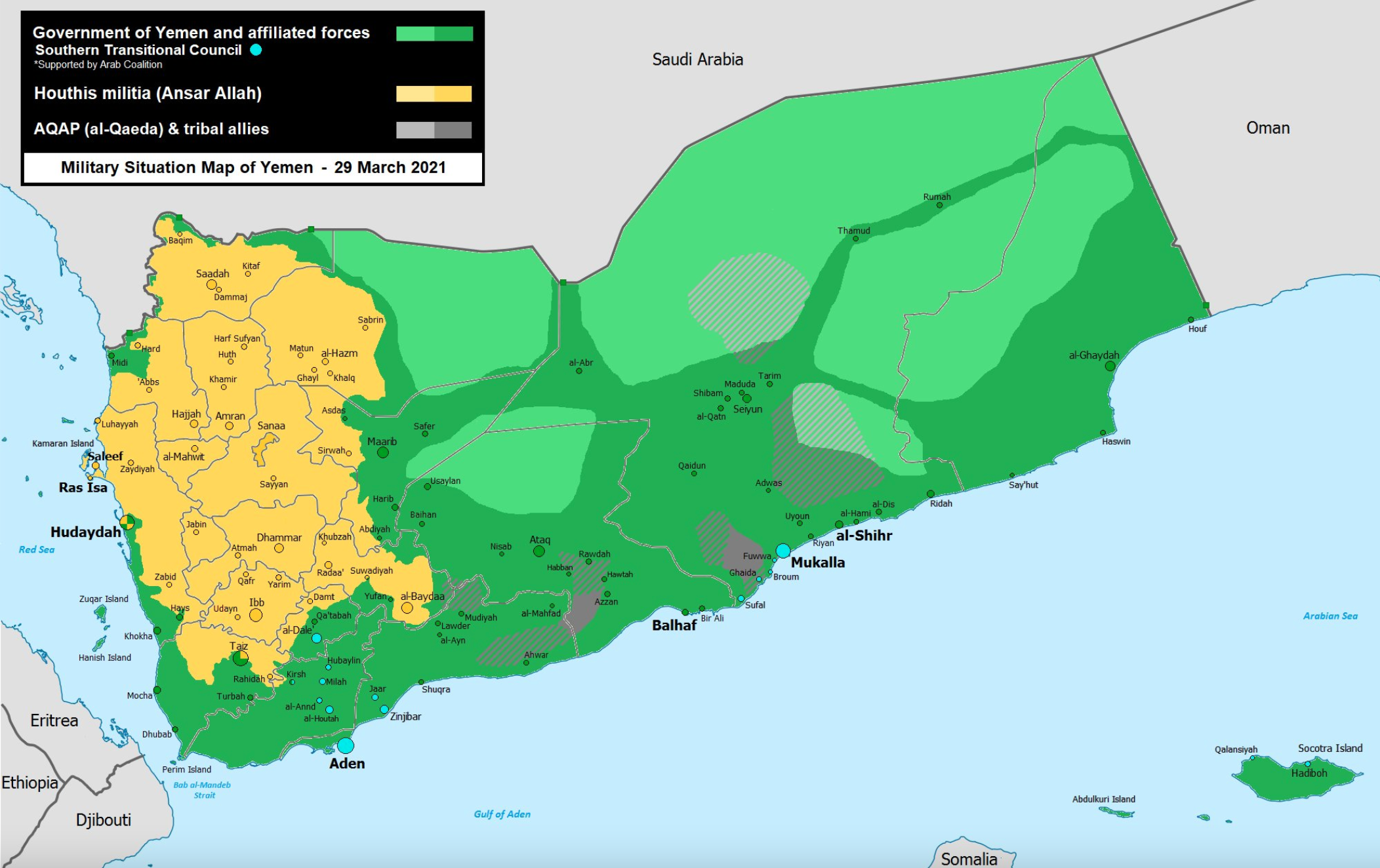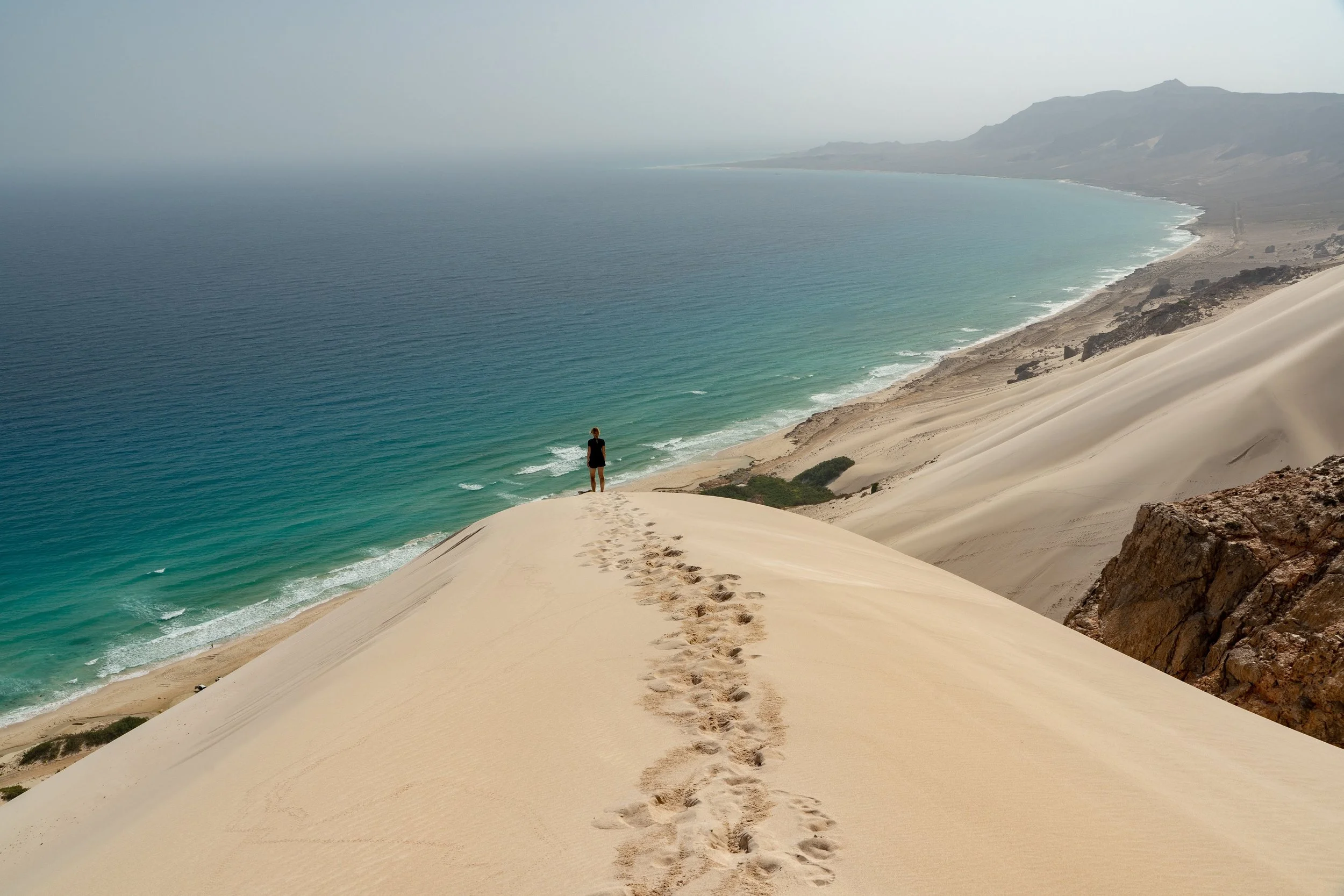How to Safely Travel in Yemen
Shibam, Yemen. Guide Kais Al-Qalisi stands guard in the old town of Shibam. Matt Reichel.
Work with the Right Local Guide
Having an experienced, trustworthy and well-connected local fixing team is essential for travel in Mainland Yemen these days. These are the people who will be responsible for your safety and security, accommodation, transport, permits, paperwork, and visa and they are your first line of defence in the country.
If things go to hell these are the guys who you are going to rely on to help you and protect you-- don’t expect a foreign government to send some rescue squad to bust you out of a tricky situation in Yemen. And don’t count on your insurance company-- being in a country with strong travel warnings voids most coverage. Even if it doesn’t, you can expect significant delays. Remember, even if your policy is valid, insurance is about financial reimbursement, not actually rescuing you should something happen.
I don’t have anything but positive things to say about my fixing team in Yemen. Kais Al-Qalisi is a true professional and beyond that, he has treated me like family. I feel safe, engaged and well cared for, and Kais is a pleasure to talk with, explore his country with and learn from. He’s worked in tourism, filmmaking and journalism for the past eighteen years, so his network and experience are unmatched.
I also want to warn travellers about another agent named Abdulhameed from a company called Easy Yemen. I have met now four people who have travelled with his company and have extremely negative experiences. He is notorious for creating forged documents, getting people into trouble, lying, passing on clients to others who are untrustworthy, and hiring drivers who physically molest women.
I have personally had to help two separate groups of his clients in Yemen get away from him and this is not a country you want to have these kinds of problems in. A year prior, a driver he hired grabbed my partner’s breasts openly in the car and tried to take her down secluded streets. Her guide also abandoned her for an entire day in Yemen. Leaving her alone due to a “family function” in Al Mukalla. The reviews are all over the internet. Avoid this company at all costs. It’s simply not worth it and this is not a business I encourage anyone to support.
Tarim, Yemen. Women and their guardian go clothing shopping. Matt Reichel.
How to Blend In in Yemen
Secondly, wearing local clothing is an important part of keeping a low profile in Yemen. For women, it’s even more important to follow Yemeni dress code. This means black abaya (body-covering loose black robe) and niqab (full face-veil with only the eyes visible). Regardless of your personal opinion on the abaya and niqab, this is how women in southern Yemen dress, and if you’re not prepared to follow suit I’d strongly re-think visiting Yemen during this time.
As I was to learn from the women travelling with me, the zipper abayas offer a lot more “options” than the ones with snaps or buttons (zippers mean clothes underneath are kind of optional, since the Abaya is essentially a onesie, but snaps and buttons leave gaping holes and you’ll have to wear a full outfit underneath).
Abayas cost around 10,000 to 20,000 Rial depending on design and quality and niqabs cost around 2,000 to 3,000 or so. You may see several types of niqabs on display in the abaya shops-- some of the extra thin ones or mesh ones do not actually cover your face, rather they are for “indoor use with your husband” only I’ve been told. So, yeah, ladies, if you don’t want to be walking around town wearing these sexy bedroom-only niqabs, make sure your face is not visible through the niqab in a mirror in the shop.
For men-- Yemeni men typically wear a fouta, this is a cloth man-skirt. They are not too hard to tie once you get the hang of it from a local and they come in all sorts of colours and patterns. Most are locally made and the designs are pretty cool.
I’ve been using mine as a light blanket these days, but it was easy enough to get around in it throughout Yemen. Additionally, many men will also wear a kind of headscarf as well and locals can teach you how to tie it. Foutas tend to cost between 9,000 and 15,000 Rial, while male head scarves cost between 2,000 and 4,000 Rial. At the time of writing 1 USD was able to get you between 600-650 Rial at private money changers.
Local clothing not only helps keep you safer while on the street, but most importantly it allows you to maintain a lower profile while travelling in a car around the country.
Handling Check Points
There are numerous police and military checkpoints. Some Yemeni government-controlled, others Saudi or Emirati, and then there are the Houthis. In some remote pockets of southwest Yemen AQAP may still be controlling roadblocks.
When approaching military checkpoints, it’s important to be dressed locally and have your paperwork in order. As a foreigner, you will be required to submit a copy of your passport if requested. It is a good idea to carry plenty of photocopies with you— this will speed up your wait time at checkpoints. It’s also a good idea to have a copy of your visa authorization letter from the Ministry of Tourism or the Ministry of the Interior in Aden.
For the time being, you avoid attempting to enter the Houthi Controled regions across north Yemen. While Sana’a may sound tempting to visit, the Houthis have made it clear they are not welcoming tourists. If you are a journalist or aid worker and have been granted permission by the Houthi authorities, then it is possible to present yourself at the checkpoint and cross. Be sure to have all your paperwork on you, and have multiple copies.
Trying to enter Houthi-controlled areas by sneaking through their checkpoints (which is theoretically quite diable in local clothing, especially for women in an abaya and niqab) is not a good idea. There’s a good chance you will be caught, either at one of the checkpoints or simply on the streets in Sana’a (foreign men will stick out, and speaking English in public would also cause issues in Sana’a these days).
If you are caught, there is a very high likelihood you will be detained, imprisoned and questioned. If you’re lucky they’ll release you in a few weeks.
The March 2021 risk assessment map of Yemen control groups from Risk Intelligence.
No-go Areas
The following regions should be avoided completely due to immediate security threats to your wellbeing. Insurgent groups operate in rural pockets of Yemen, especially in the Sunni south.
Abyan Governorate
Al Bayda Governorate
The southern half of Shabwah Governorate
The southern half of Marib Governorate
Hadhramaut Governorate: the area west of Al Mukalla along the coast and into the centre of the governorate; the area east of Adwas in the central part of the governorate; and the desert area north of Tarim.
Marib governorate along the western side of the region, close to the Houthi front lines, including the desert.
Houthi-controlled areas should only be visited with prior written approval by the Houthi administration.
To see military risk maps of Yemen, updated every few months, see the University of Texas Libraries’ maps collection from Risk Intelligence.
RELATED ARTICLES




